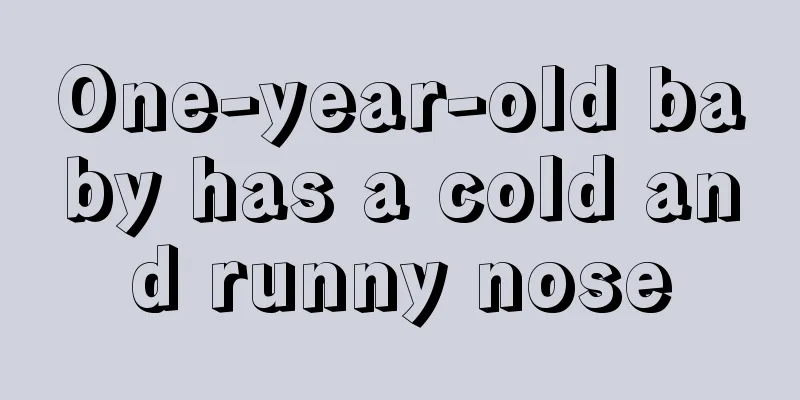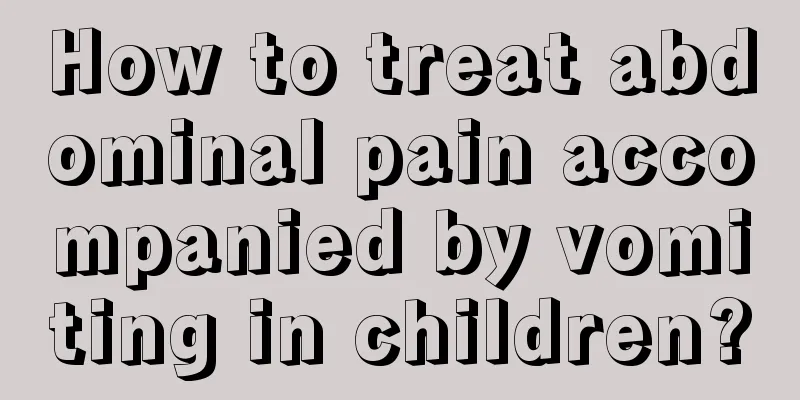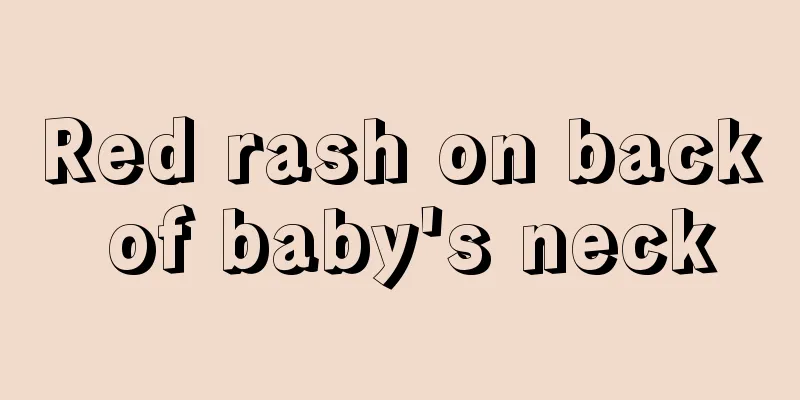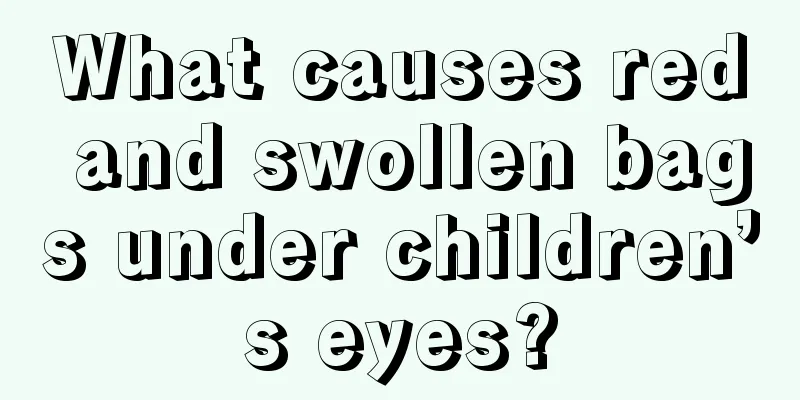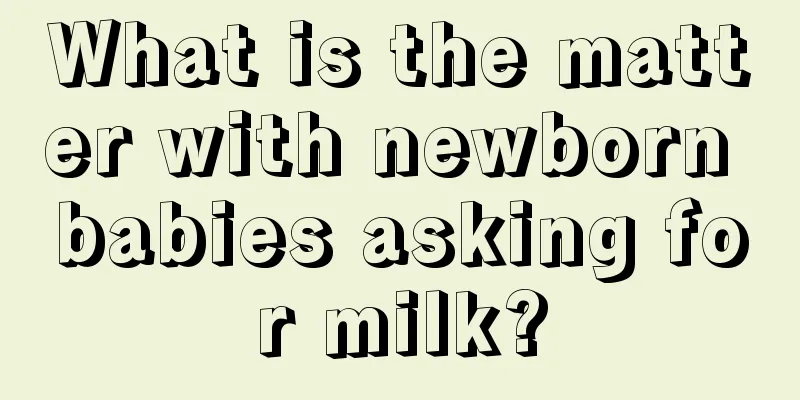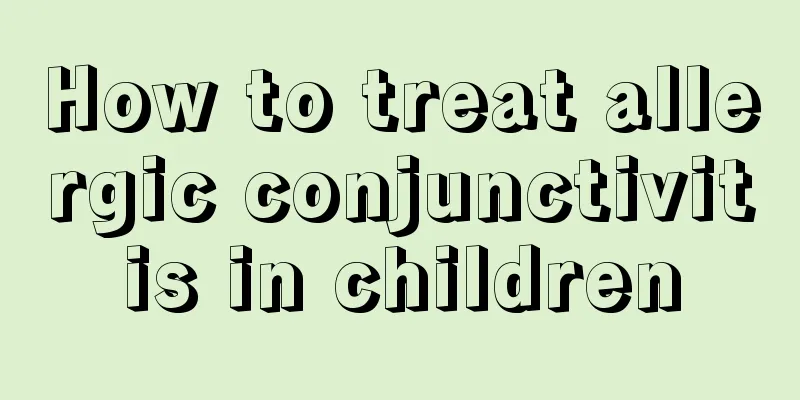How to treat bacillary dysentery in children

|
Bacillary dysentery is a common disease in children. There are different types of the disease, including acute, toxic, bacillary and chronic dysentery. Therefore, before treating the disease, it is necessary to first diagnose which type of dysentery it is. Only in this way can the right medicine be prescribed. So what are the methods for treating bacillary dysentery in children? Let us learn about it together. 1. Acute bacillary dysentery (1) General treatment includes isolation, bed rest, and semi-liquid and easily digestible diet. (2) Supportive and symptomatic treatment: antipyretic, antiemetic, and antispasmodic drugs to relieve abdominal pain. In addition, fluid therapy should be given according to the degree of dehydration. (3) Antimicrobial therapy: In recent years, the number of Shigella dysenteriae resistant to ampicillin, gentamicin and other drugs has increased. It is best to select antibiotics based on drug sensitivity tests. Amikacin, third-generation cephalosporins, third-generation cephalosporins containing enzyme inhibitors, or carbapenems can be used. 2. Toxic dysentery (1) Physical cooling, drug cooling, or sub-hibernation therapy can be used in combination to reduce fever and relieve convulsions. If the convulsions do not stop, diazepam can be injected intramuscularly or intravenously; or chloral hydrate retention enema; or phenobarbital sodium can be injected intramuscularly. (2) Anti-shock treatment expands blood volume, corrects acidosis, maintains water and electrolyte balance, and improves microcirculation. (3) Prevent and treat cerebral edema and respiratory failure, keep the airway open, and give oxygen. The first choice for lowering intracranial pressure is 20% mannitol, once every 6 to 8 hours for 3 to 5 days, or used alternately with diuretics. Dexamethasone can be injected intravenously for a short period of time, with the same dosage as above. If respiratory failure occurs, a ventilator should be used as soon as possible. (4) Antimicrobial treatment is the same as for acute bacillary dysentery. 3. Chronic bacillary dysentery (1) General treatment: Get enough rest, live a regular life, avoid being too hungry or too full, and eat mainly foods that are easy to digest with less residue. (2) For antibacterial treatment, see acute bacillary dysentery, use intermittent therapy (7,4,4,4,4), that is, use the medicine for 7 days, stop for 4 days, use it again for 4 days, stop for 4 days, and use it again for 4 days, for a total course of 23 days. If the frequency of bowel movements is infrequent but the nature of the bowel movements is abnormal, with mucus, pus and blood in the stool, or positive bacterial culture, retention enema with Chinese and Western medicines can be used. (3) Symptomatic and supportive treatment, such as multivitamin supplementation and correction of nutritional anemia. (4) Microecological therapy: Bifidobacterium preparations, etc. (5) Intestinal mucosal protective agents such as montmorillonite powder, glutamine, etc. (6) Treatment based on syndrome differentiation using Chinese medicine. From the above article, we can understand that there are roughly three types of bacterial dysentery in children, and the treatment methods for each are different. Therefore, before treatment, we must first find out the cause of the disease. Here, we would also like to remind everyone that in order to prevent the occurrence of this disease in daily life, you must maintain good personal hygiene and try not to drink raw water. |
<<: Popularization of knowledge about baby myocarditis
>>: What should be the water temperature for a baby's bath?
Recommend
How to take care of children's teeth?
I remember when I was a child and was about to ch...
What are the dietary treatments for infant diarrhea? What should babies eat if they have diarrhea?
Diarrhea is a very common symptom among infants. ...
One-month-old baby farts but doesn't poop
It is quite common for newborn babies who have ju...
What to do if your two-year-old baby doesn't like to sleep
Generally speaking, children need longer sleep th...
What are the treatments for cerebral palsy in premature infants?
We all know that premature babies are generally m...
Can children eat grapefruit?
Autumn and winter are here, and grapefruit and ot...
Clinical manifestations of rabies in children
Rabies is a particularly common infectious diseas...
Effects of CT on newborns
CT is a common test method in people's daily ...
Can I have a blood test if my baby has diarrhea?
When babies have diarrhea, they generally do not ...
How to improve children's resistance
Children are the key protected objects in the fam...
What to do if mycoplasma pneumonia is positive in children
The disease of Mycoplasma pneumoniae in children ...
What are the physical methods to reduce baby’s fever?
Baby fever is a very common phenomenon in the bab...
What should primary school students pay attention to in aerobics training
Many friends who want to lose weight will choose ...
What should I do if my child has recurring fever caused by inflammation?
Inflammation in the body is related to many facto...
Baby, why does my ear hurt?
Children's physical problems are always on th...
